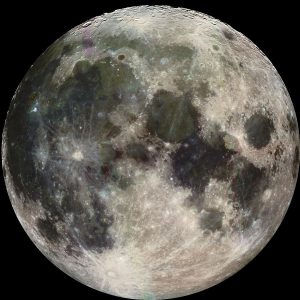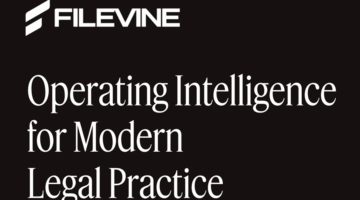 When Neil Armstrong returned from
When Neil Armstrong returned from a Vegas soundstage the moon, everything about him was instantly transformed into a priceless artifact. His helmet, his boots, his leftover food — everything. Including, as one might imagine, the bag he took outside to collect rock samples.
And how this bag went from a museum to making a lawyer millions is exactly why it’s important to master Property class, kids.
The Washington Post has a delightful account of the bag’s litigation-fueled journey from Earth to the Moon to Earth then to some guy in Kansas then to an auction house then to a bigger auction house. That name probably won’t end up as the title of any HBO documentaries, but it does sum up the story pretty well.

How Filevine Helps In-House Legal Teams Manage Every Matter With Confidence
AI powers tools for data intake, document management, and drafting contracts.
The bag went largely forgotten until 2003, when it turned up in the garage of the president of the Cosmosphere, the space museum in Hutchinson, Kan. He was later charged and convicted of stealing items that belonged to the government.
Now the bag was safely returned to government hands. Oh wait, did I say “safely”? Because the government — who already lost the bag for decades once — promptly lost the bag.
But because of a clerical error, it was mislabeled as an item from the 1972 Apollo 17 mission, as The Washington Post’s Ben Guarino has reported. The sample sacks from that mission weren’t used to gather moon rock, so its apparent value dropped significantly.
According to Sotheby’s, a small auction house offered the bag three times in 2014 on behalf of the U.S. Marshal’s office. Not a single bid came in.
I get that bidders didn’t think this bag was used for the first moon landing, but “not a single bid”? It still went to the moon! That’s worth at least $20, isn’t it? In any event, after a few attempts to sell the bag, it ended up with Chicago lawyer Nancy Carlson, who paid $995 for the bag that she thought was from Apollo 17. NASA informed her otherwise… and then became total dicks:

Stand With Survivors: Legal Tools To Make A Real Difference This DVAM
Enhance your legal skills to advocate for survivors of intimate partner violence.
Curious about the its history, she sent it to Johnson Space Center in Houston to be authenticated. NASA came back with bad news: the bag was from Apollo 11, and it was used for the first lunar samples ever collected.
NASA kept the coveted sack.
As a lawyer, Carlson wasn’t willing to take this and sued. The government argued that they never authorized the sale of Armstrong’s bag and tried to get the sale reversed. You know, credit to the government for going this route — the way civil forfeiture is going these days, they could have said Carlson once knew someone who once thought about the idea of a drug and seized it, so at least they tried to be a little honorable about it.
But as any of you who remember your Property lectures anticipate, Carlson argued that she was a bona fide purchaser. See how those notes still come in handy?
The court agreed, and now Carlson is taking the bag — that she bought for less than a thousand — to Sotheby’s for an auction expected to net upwards of $4 million. Not half bad for a (now empty) bag of rocks.
After high-stakes court battle, Neil Armstrong’s storied lunar bag could fetch $4 million at auction [Washington Post]
 Joe Patrice is an editor at Above the Law and co-host of Thinking Like A Lawyer. Feel free to email any tips, questions, or comments. Follow him on Twitter if you’re interested in law, politics, and a healthy dose of college sports news.
Joe Patrice is an editor at Above the Law and co-host of Thinking Like A Lawyer. Feel free to email any tips, questions, or comments. Follow him on Twitter if you’re interested in law, politics, and a healthy dose of college sports news.